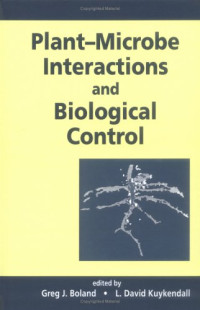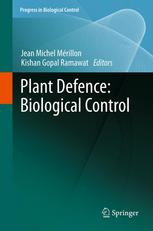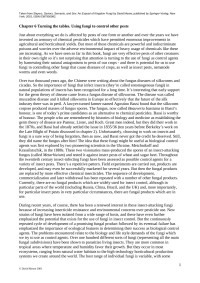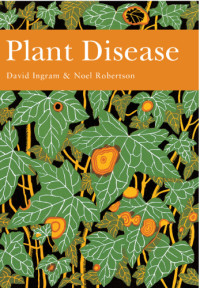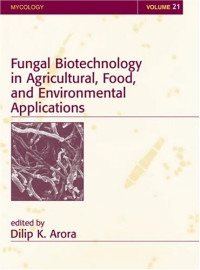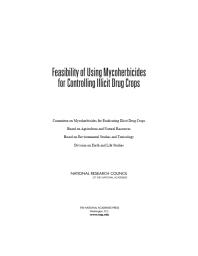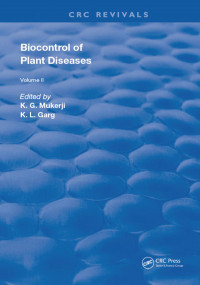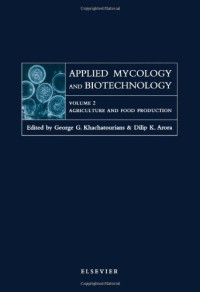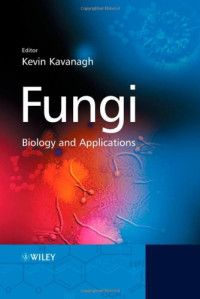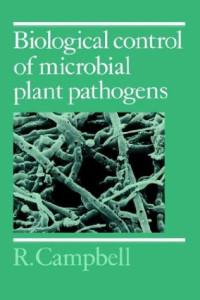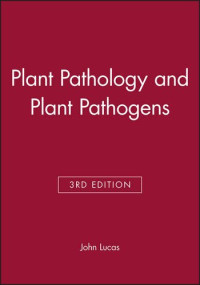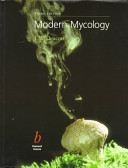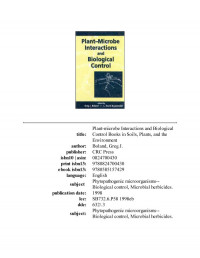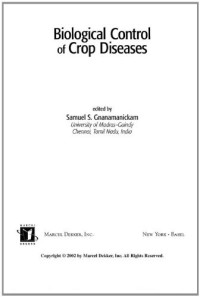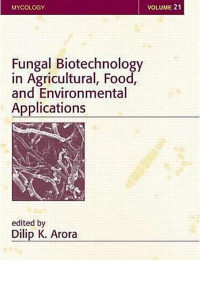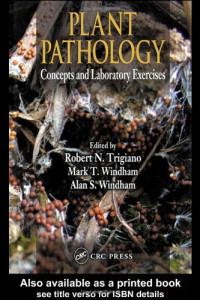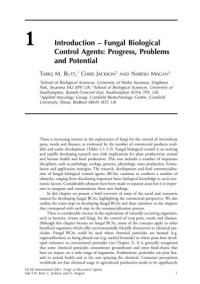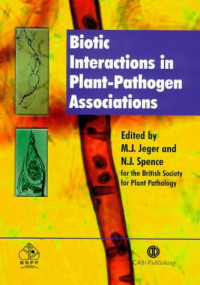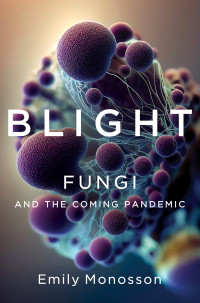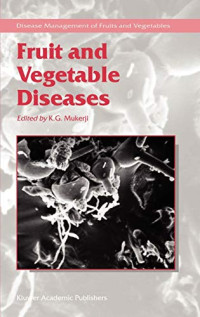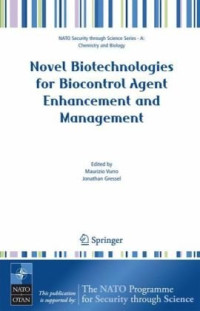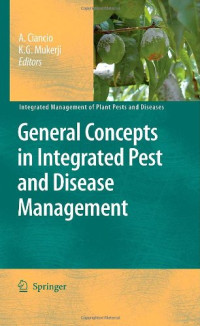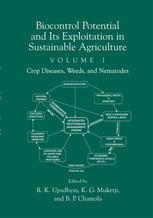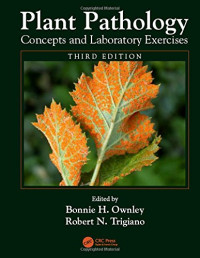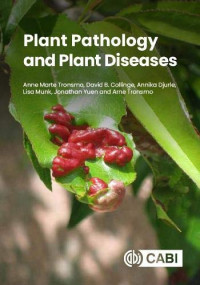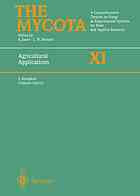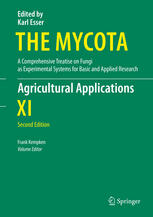
Microbial Control of Weeds
Alan K. Watson (auth.), David O. TeBeest (eds.)It is appropriate at this time to reflect on two decades of research in biological control of weeds with fungal plant pathogens. Some remarkable events have occurred in the last 20 years that represent a flurry of activity far beyond what could reasonably have been predicted. In 1969 a special topics review article by C. L. Wilson was published in Annual Reviews of Phytopathology that examined the literature and the potential for biological control of weeds with plant pathogens. In that same year, experiments were conducted in Arkansas that determined whether a fungal plant pathogen could reduce the infestation of a single weed species in rice fields. In Florida a project was under way to determine the potential use of a soil-borne plant pathogen as a means for controlling a single weed species in citrus groves. Work in Australia was published that described experiments that sought to determine whether a pathogen could safely and deliberately be imported and released into a country to control a weed of agricultural importance. All three projects were successful in the sense that Puccinia chondrillina was released into Australia to control rush skeleton weed and was released later into the United States as well, and that Colletotrichum gloeosporioides f.sp. aeschynomene and Phytophthora palmivora were later both marketed for the specific purpose of controlling specific weed species.
Beware of he who would deny you access to information, for in his heart he dreams himself your master
 轉換文件
轉換文件 更多的搜索結果
更多的搜索結果 其他特權
其他特權 